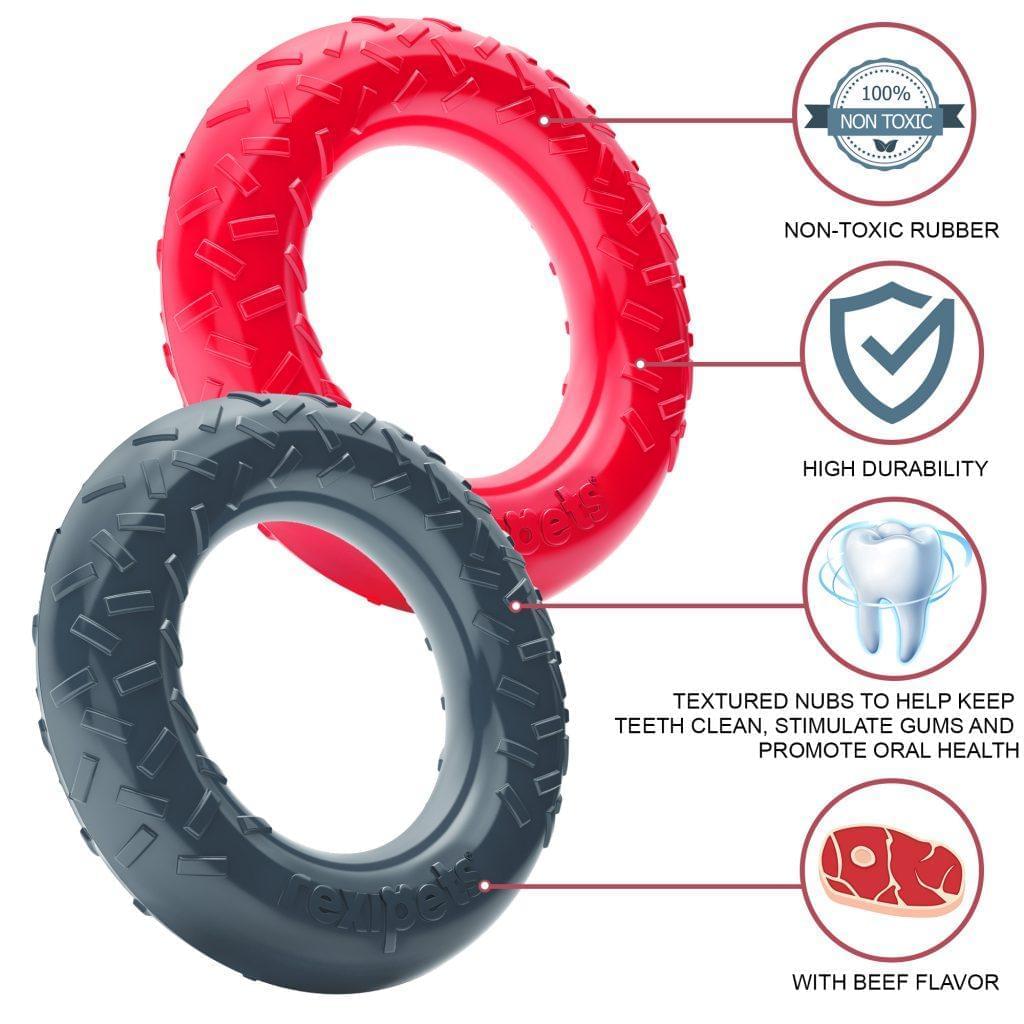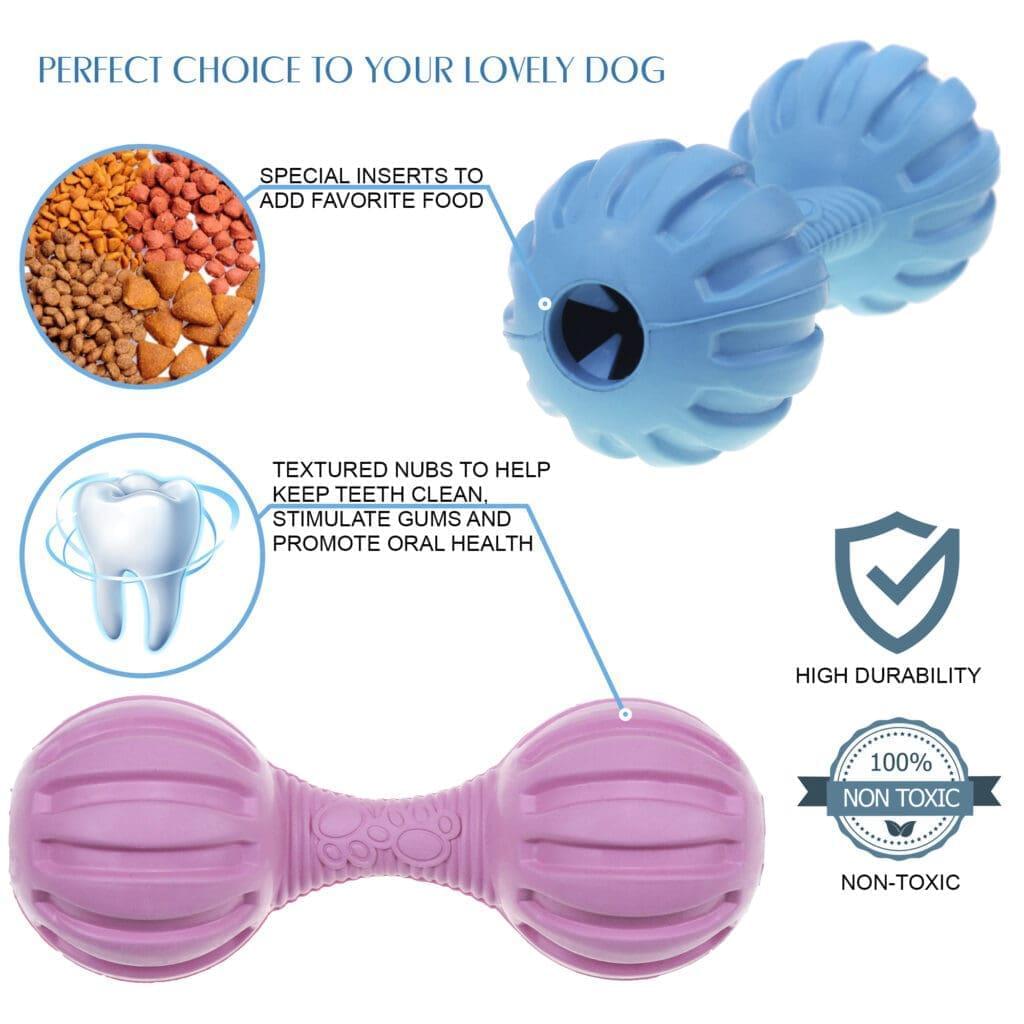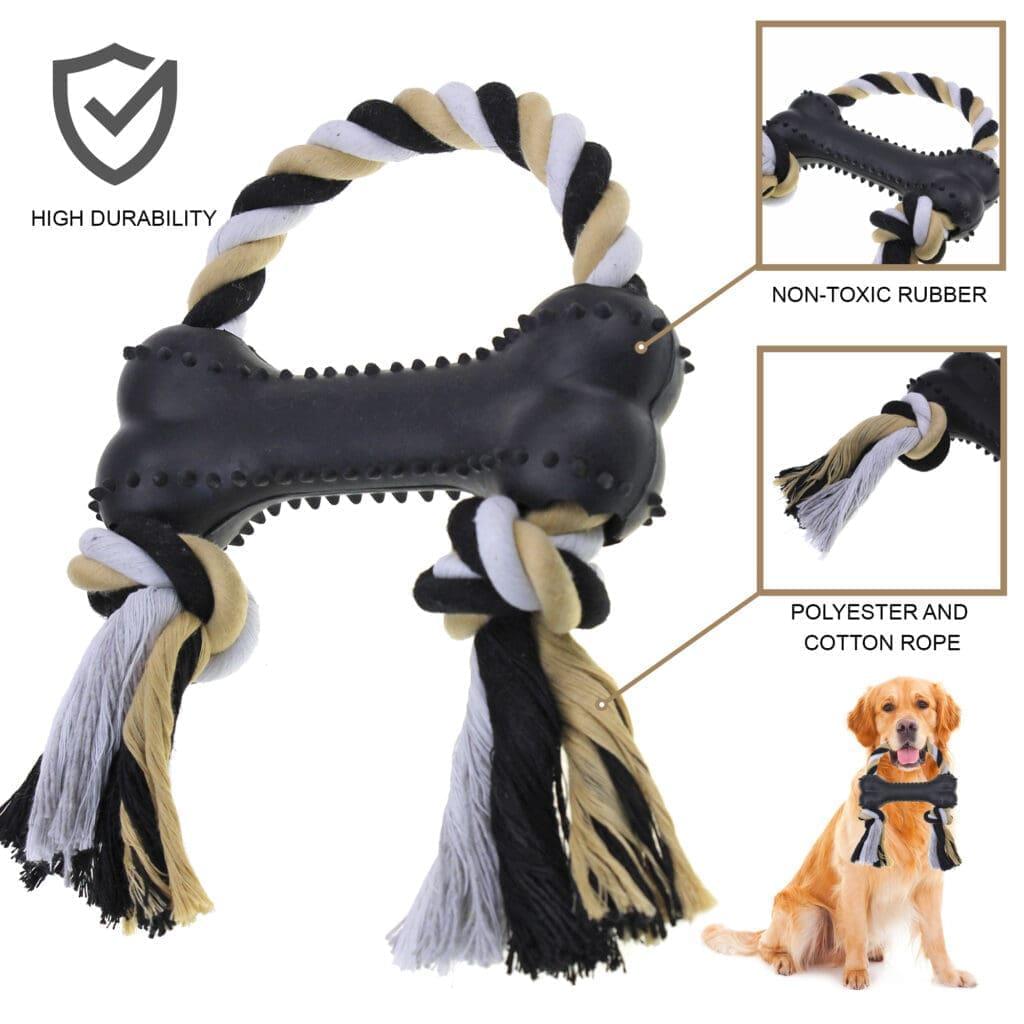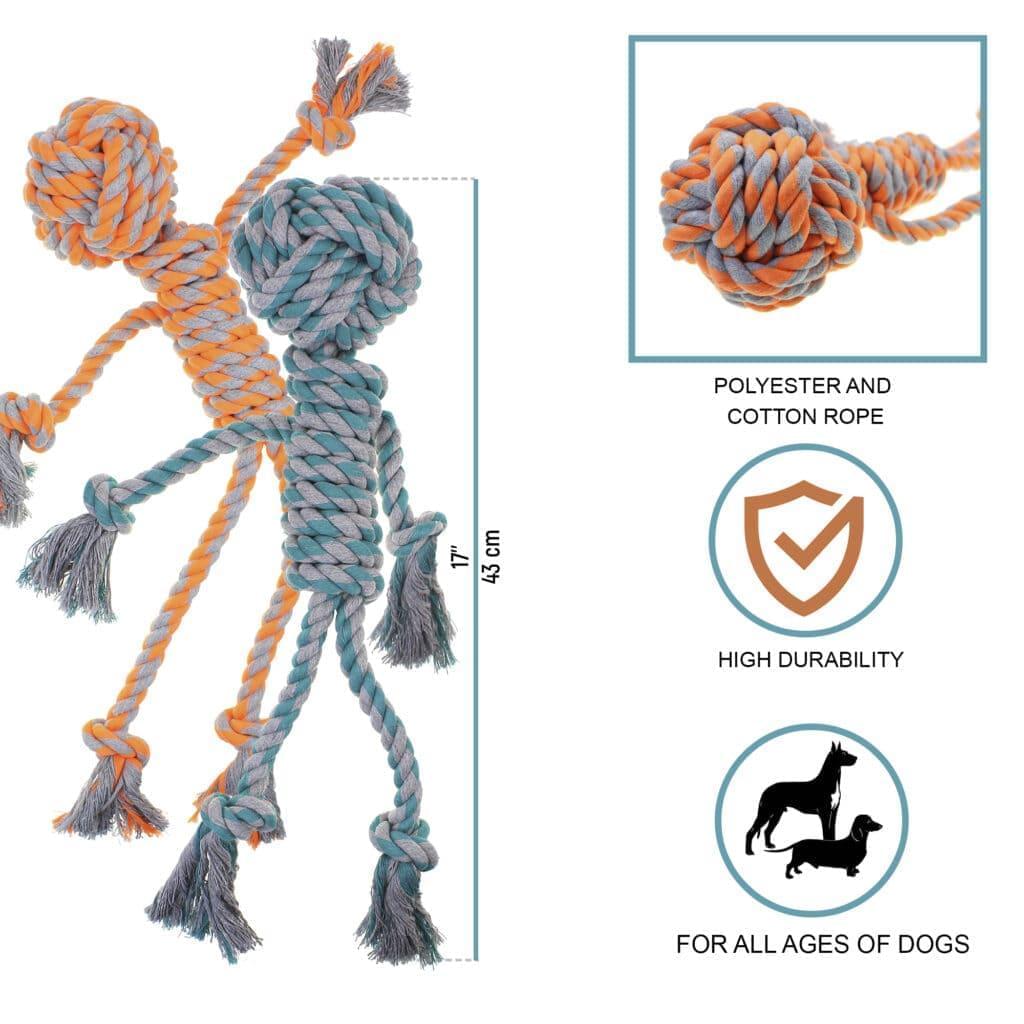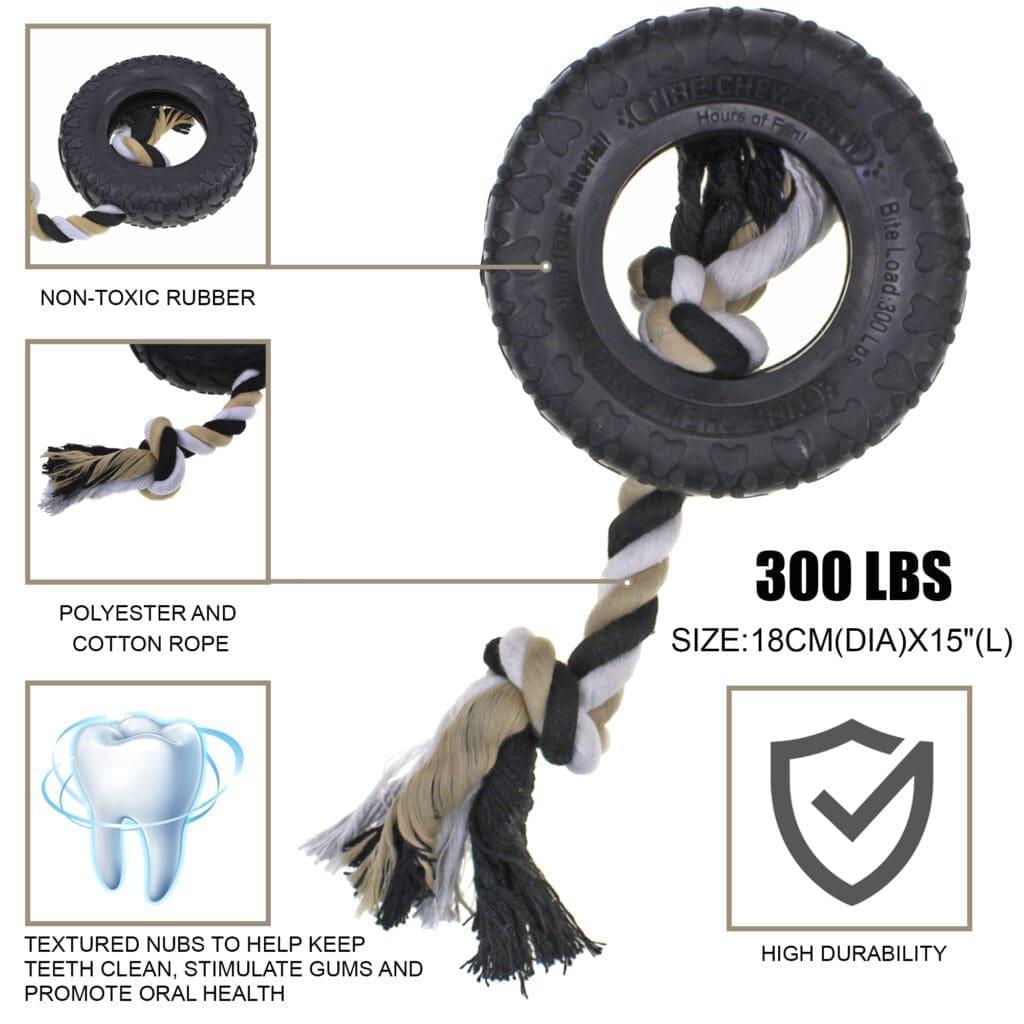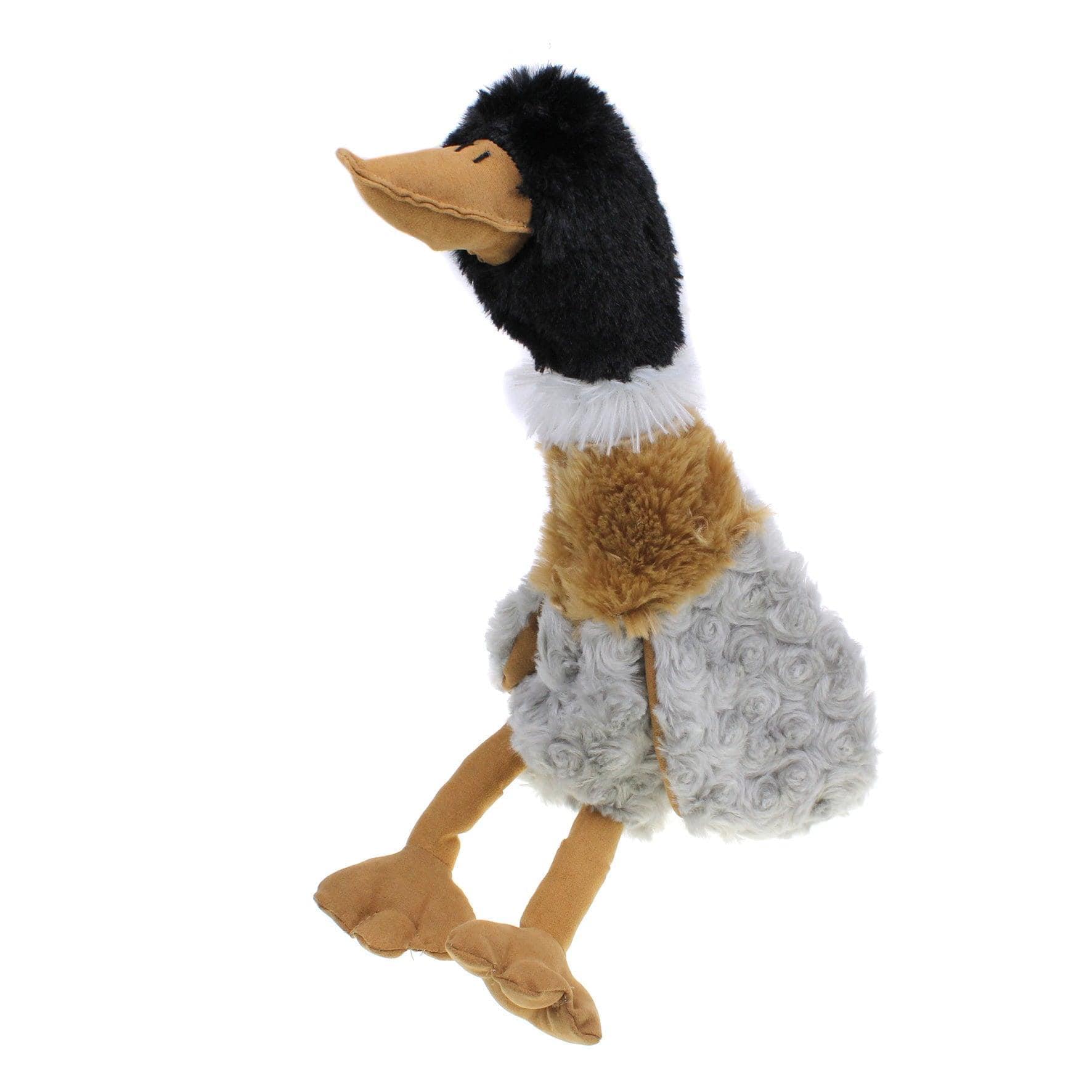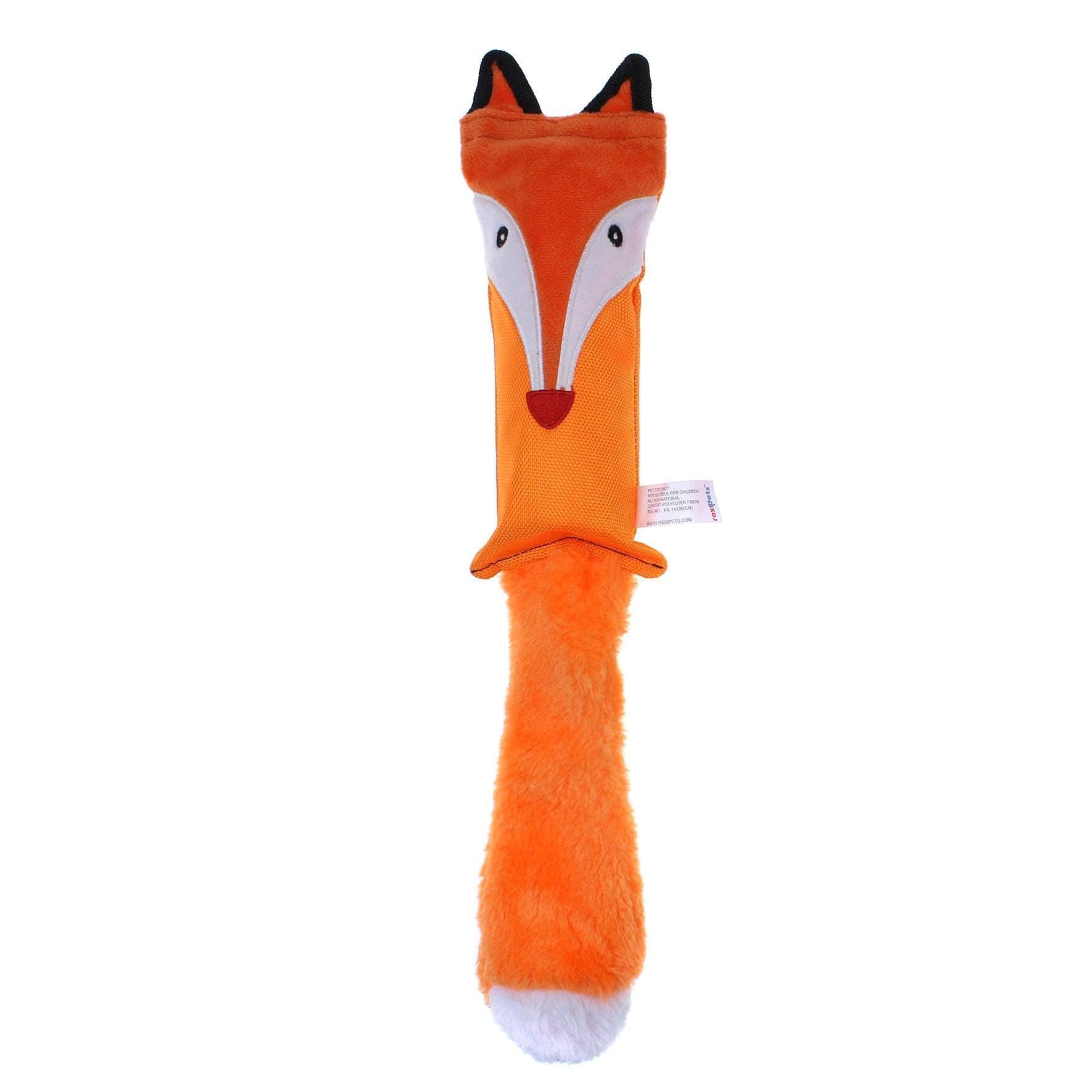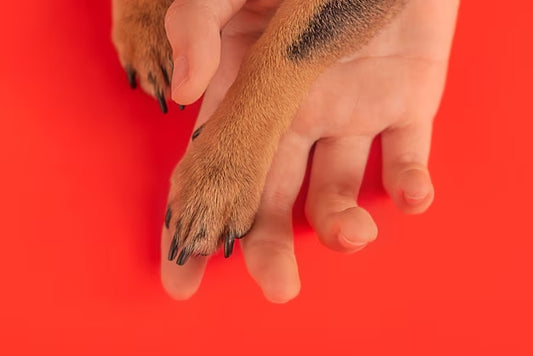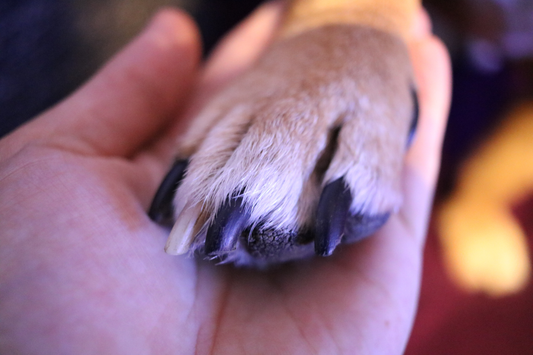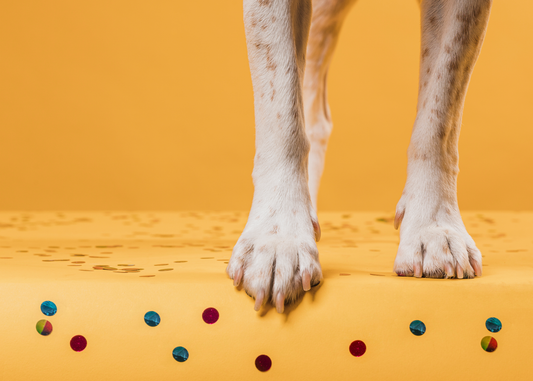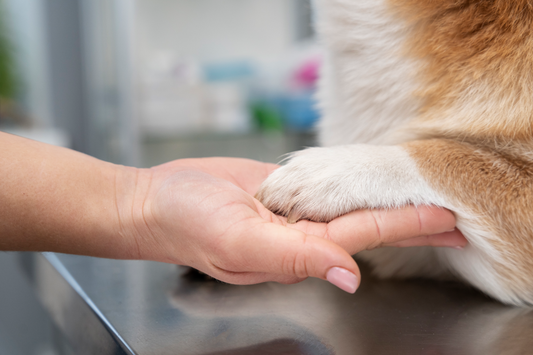What is the right length for your dog's nails?
It's a question that many pet owners ponder. Maintaining the proper length of your canine companion's nails is crucial for their comfort, mobility, and overall health.
In this article, we'll delve into the importance of nail length for dogs, uncover what is the good nail length for most dogs, explore the potential risks of overgrown nails, and provide guidance on how to achieve the optimal nail length for your furry friend.
So, it's safe to say you are in for a ride! Just put your feet up and let us take you through the world of dog nail care.
What is the Good Nail Length in Dogs?
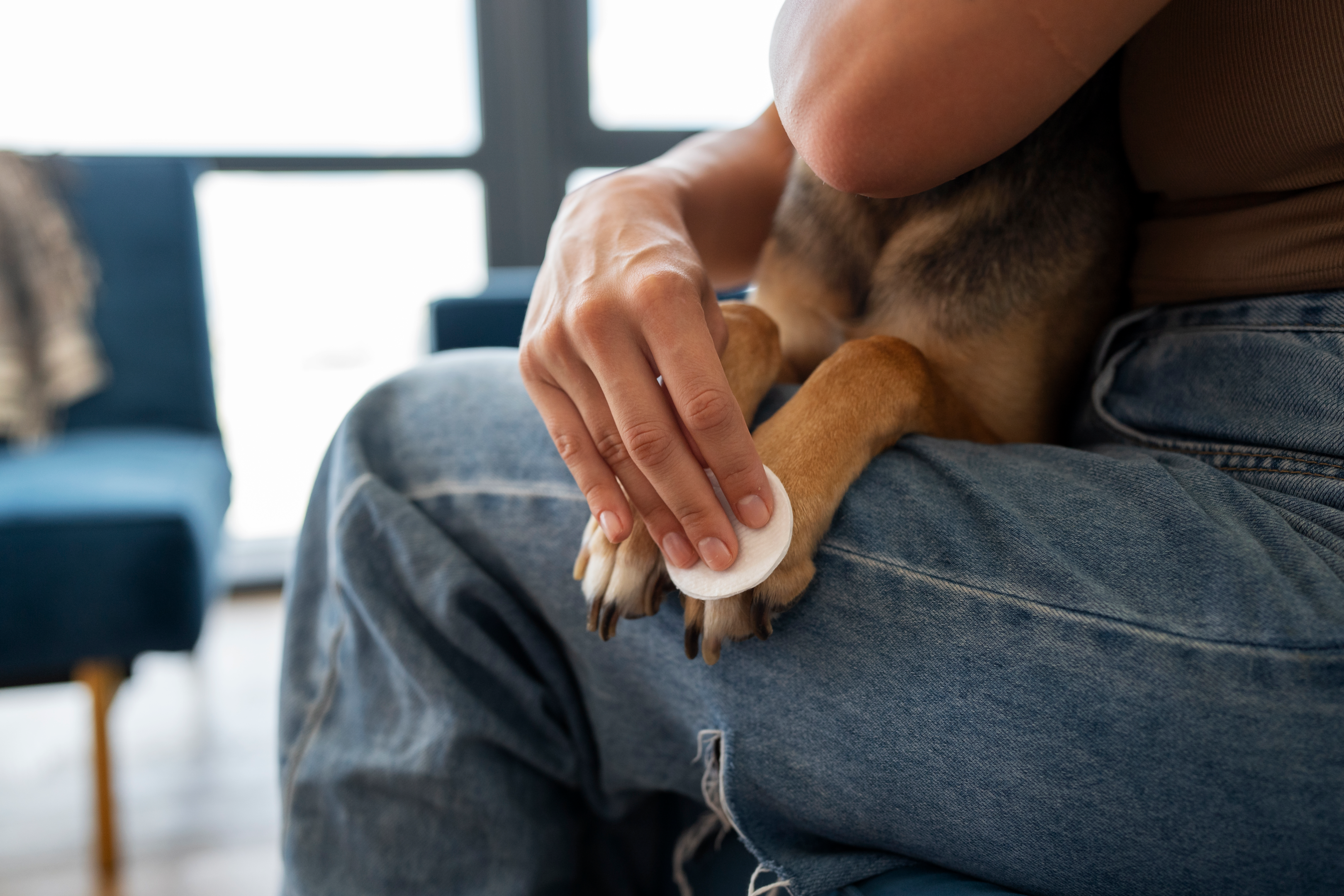
So, how long should dog nails be?
A general guideline for trimming your dog's nails is to maintain a distance of about 2mm from the quick, sensitive blood vessels and nerves inside the nail. Additionally, nails should extend beyond the point of the quick enough to be visible. But nails should not be so long that they touch the ground when the dog is standing on a flat surface.
This ensures they have proper traction for walking uphill or downhill on hard surfaces. Striking this balance prevents discomfort or injury from overly long nails while allowing for natural movement and stability in various terrains.
Regular monitoring and trimming of long nails will help uphold these standards for optimal paw health.
Can Long Nails Cause Pain?
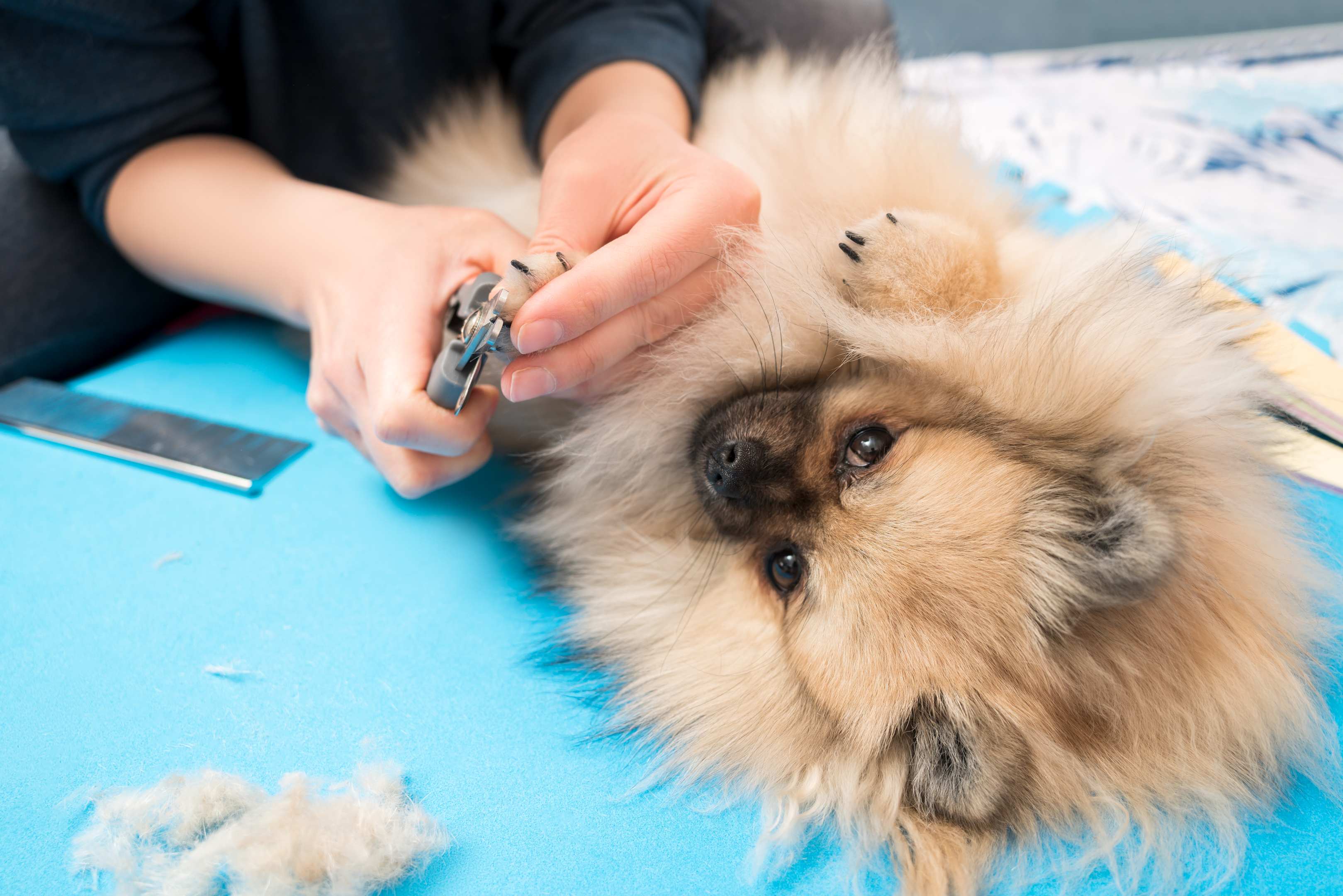
Long dog nails not only impact walking but also pose risks of curling into the foot pad, causing discomfort and infections. Even minor curvature alters a dog's posture, tipping their feet back and affecting joint alignment.
This abnormal stance contributes to pain and may lead to joint disorders over time. Regular nail trimming is extremely important to prevent these issues and maintain proper paw health and posture.
Nail trimming makes sure that your dog can move comfortably and reduces the risk of complications related to overgrown nails, promoting their overall well-being and mobility.
What Are the Signs Your Dog's Nails Are Too Long?
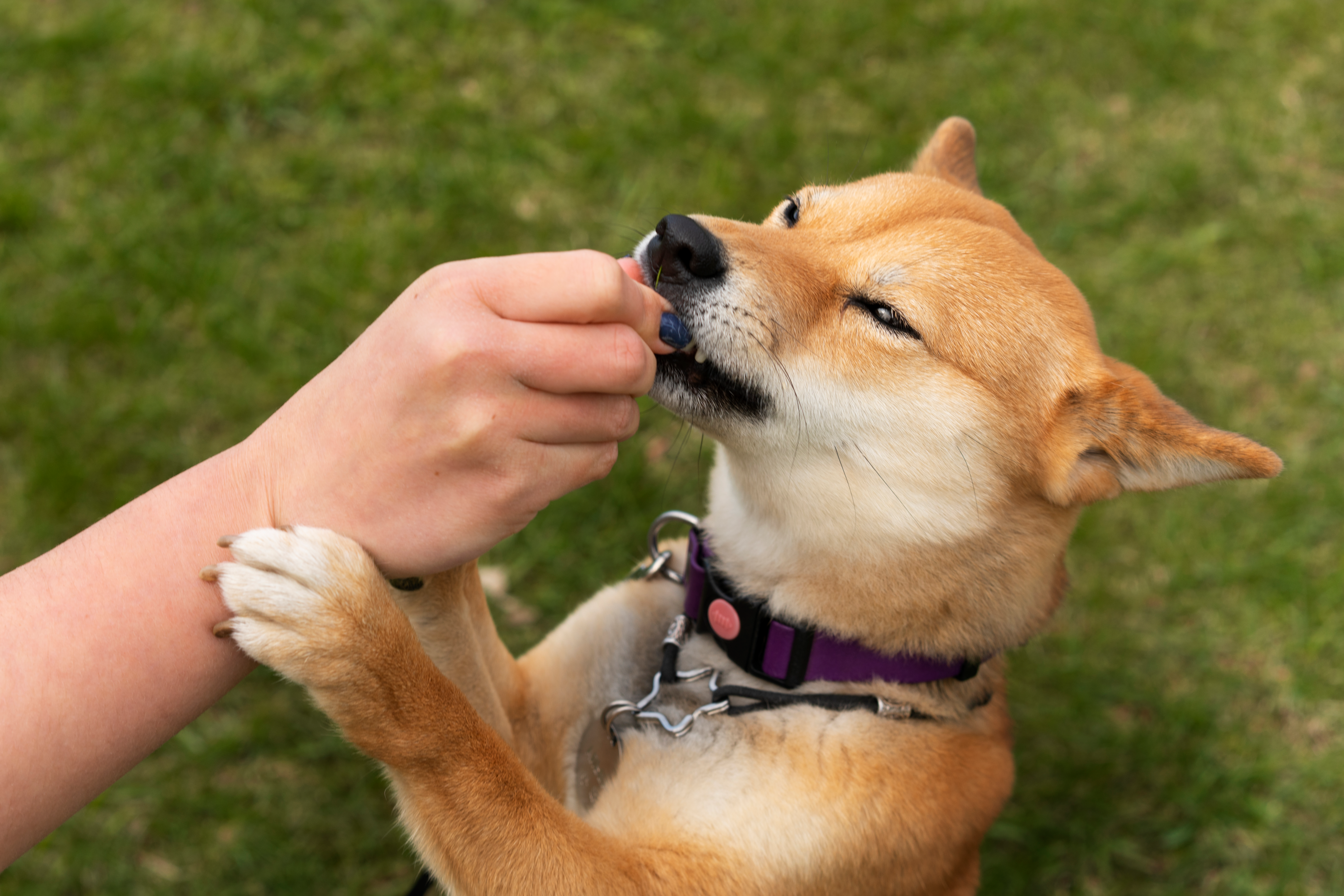
Here's how to recognize if your dog's nails are too long:
-
Scratches

When you find yourself receiving scratches from your dog's paws during interactions or lap time, it indicates their nails are likely too long. Trimming their nails is necessary to prevent painful accidental scratches and maintain both your comfort and the well-being of your furry friend.
-
Clicking sound
If you hear a distinct clicking or dragging noise as your dog walks on a hard surface, it's a clear indication that their nails are too long and need attention. Trimming their nails promptly will not only prevent the discomfort caused by overgrown nails but also preserve your floors from potential damage.
-
Curling
Ideally, your dog's nails should be trimmed to align with the level of their paw pads. If you observe them curving inward towards the pads, trim them. Trimming them to maintain alignment with the paw pads ensures proper mobility and prevents discomfort or potential injury.
-
Limping
Extended nails can cause discomfort for dogs, often resulting in limping or cautious walking. This discomfort arises because long, thick nails can exert pressure on sensitive areas of the paw. Regular nail trimming is essential to prevent such discomfort and promote your dog's overall well-being and mobility.
-
Slipping
When a dog's nails are excessively long, they interfere with the even distribution of pressure on their front legs and paw pads. This imbalance can cause slipping on smooth surfaces, elevating the risk of injuries like fractures or strains.
-
Paw licking
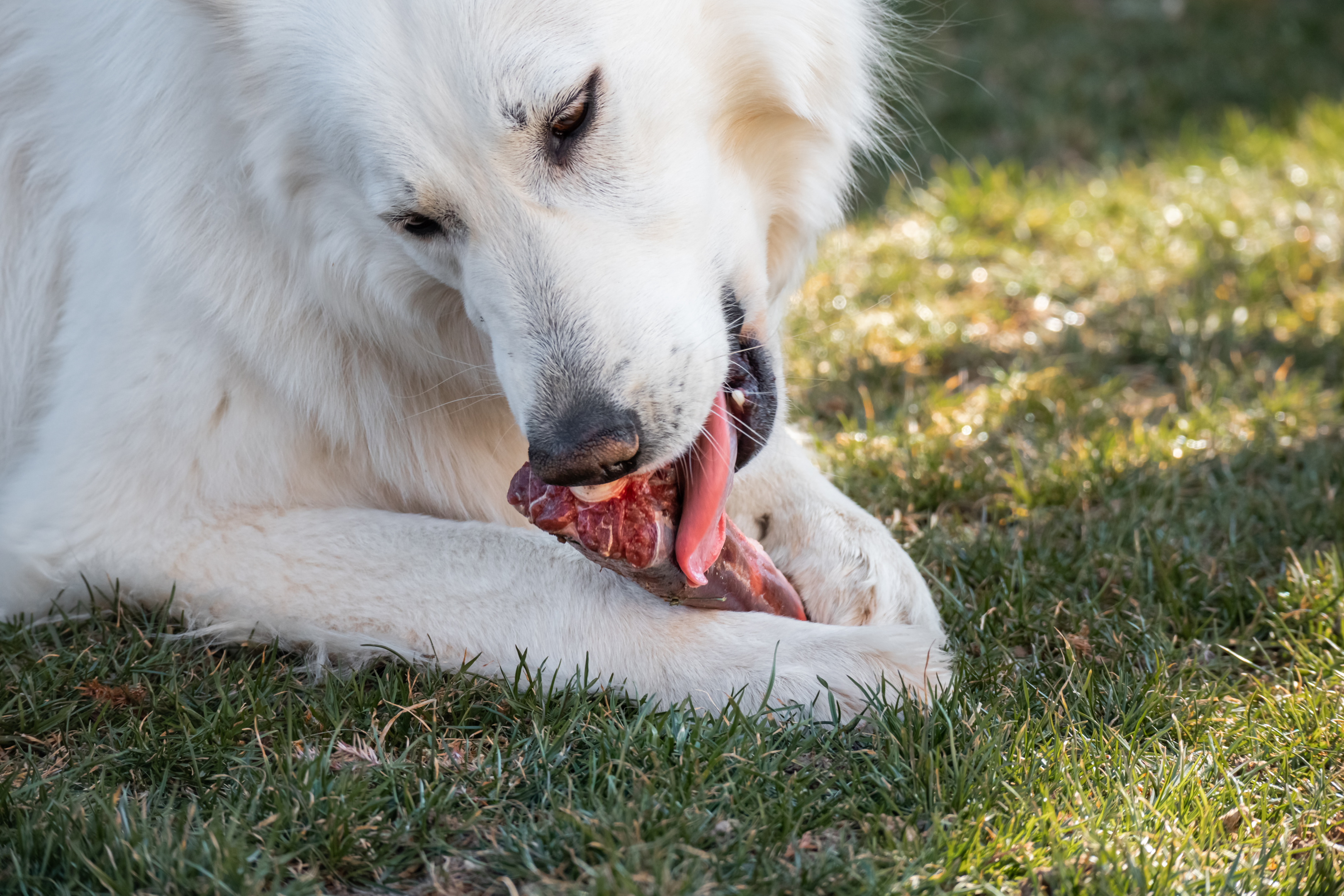
Dogs may excessively lick or bite their legs or paws if they're experiencing discomfort, often due to long nails. The irritation caused by overgrown nails can lead to this behavior as dogs attempt to help with the discomfort.
How Often To Clip A Dog's Nails?
To maintain your dog's nail length, aim for trimming every week or every other week. Observing your dog's nails and adjusting the trimming schedule according to certain factors ensures their comfort and paw health.
The various factors on which the nail trimming schedule of your pup should depend include:
-
Activity Levels
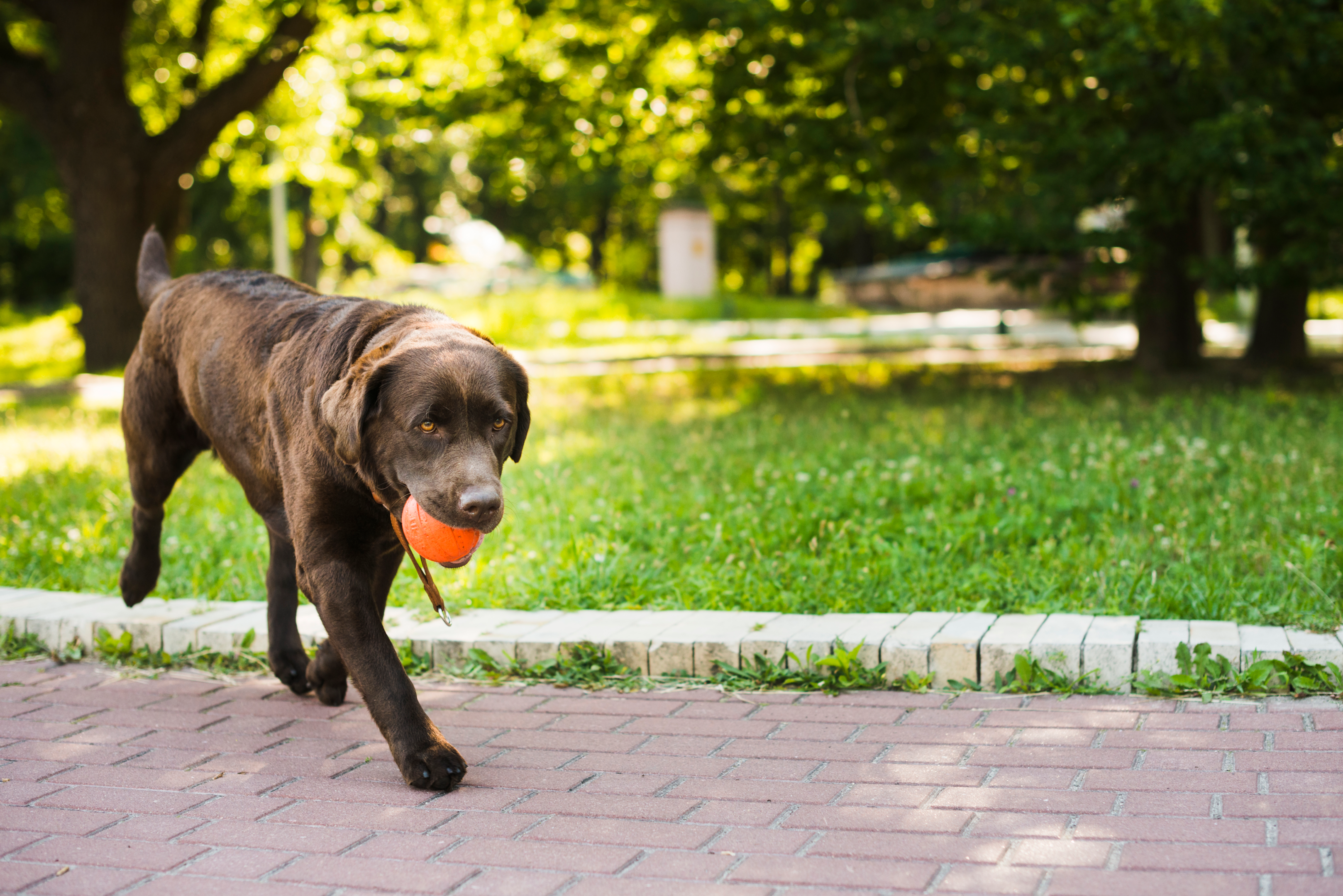
Dogs engaging in high-energy dog sports like running and digging, or many dogs participating in sports tend to naturally wear down their nails through regular activities. This increased activity level naturally wears down dogs' nails, requiring less frequent trimming.
At the same time, lap dogs, older dogs, or less active breeds may require more regular trimming as their nails may not naturally wear down as much due to limited physical activity.
-
Health Conditions

Health conditions like allergies or infections can impact nail health, potentially requiring more frequent trimming. These issues may cause abnormal nail growth or weaken the nails, leading to overgrowth and discomfort. Regular monitoring and trimming are important to manage these conditions and maintain optimal paw health.
-
Diet

A balanced diet that has essential nutrients like protein, vitamins, and minerals is crucial for maintaining healthy dog nails. Poor nutrition can result in weak and brittle nails, requiring more frequent trims to prevent overgrowth and associated discomfort.
Final Words!
Maintaining the appropriate length of your dog's nails is crucial for your dog's health and well-being. Regular trimming, based on factors such as activity level, health conditions, and diet, ensures comfort and mobility and prevents potential complications.
By opting for proper nail care practices, pet owners can promote optimal paw health and enhance their furry companion's quality of life.
FAQs
What should I choose to grind or clip dog nails?
Choosing between grinding and trimming long nails depends on factors like your dog's temperament and nail thickness. Grinding can be less intimidating for some dogs and allows for precise shaping, but it may take longer and require maintenance. To do so, you need to learn how to grind dog nails.
Clipping is quicker but can be uncomfortable for some dogs and carries a risk of cutting them quickly.
What do I do if my dog hates nail trimming and doesn't cooperate?
If your dog dislikes nail trimming, start by associating it with positive experiences, like treats or playtime. Gradually introduce them to the process, offering rewards and keeping sessions short.
Consider seeking help from a professional dog groomer or vet for guidance and patience, especially if you are dealing with dark nails and feel overwhelmed. Additionally, try different tools or techniques, such as grinding instead of clipping, to see what works best for your dog. Keeping your dog's nails clipped is very important.
What if I don't trim my dog's nails regularly?
If you don't trim your dog's nails regularly, they can become overgrown, leading to various issues. Long nails can affect your dog's paw, causing discomfort and potentially leading to joint problems.
They may also curl into the paw pads, causing pain, joint issues, infection, and difficulty walking. Additionally, overgrown nails can damage your floors and furniture. So get the nails trimmed regularly.
What do I do in the case of accidentally cutting the quick?
If you accidentally nick the quick while trimming your dog's nails from the nail clippers, remain calm. This is more likely to happen in dogs with black nails. Apply styptic powder or a homemade mixture of cornstarch and water to stop the bleeding.
Comfort your dog and avoid further trimming until the bleeding has stopped and the nail has healed.
Monitor for signs of infection, as it can occur due to the exposed blood vessels, and consult your veterinarian if needed. Be more cautious during future nail trims to avoid cutting them quickly again.










